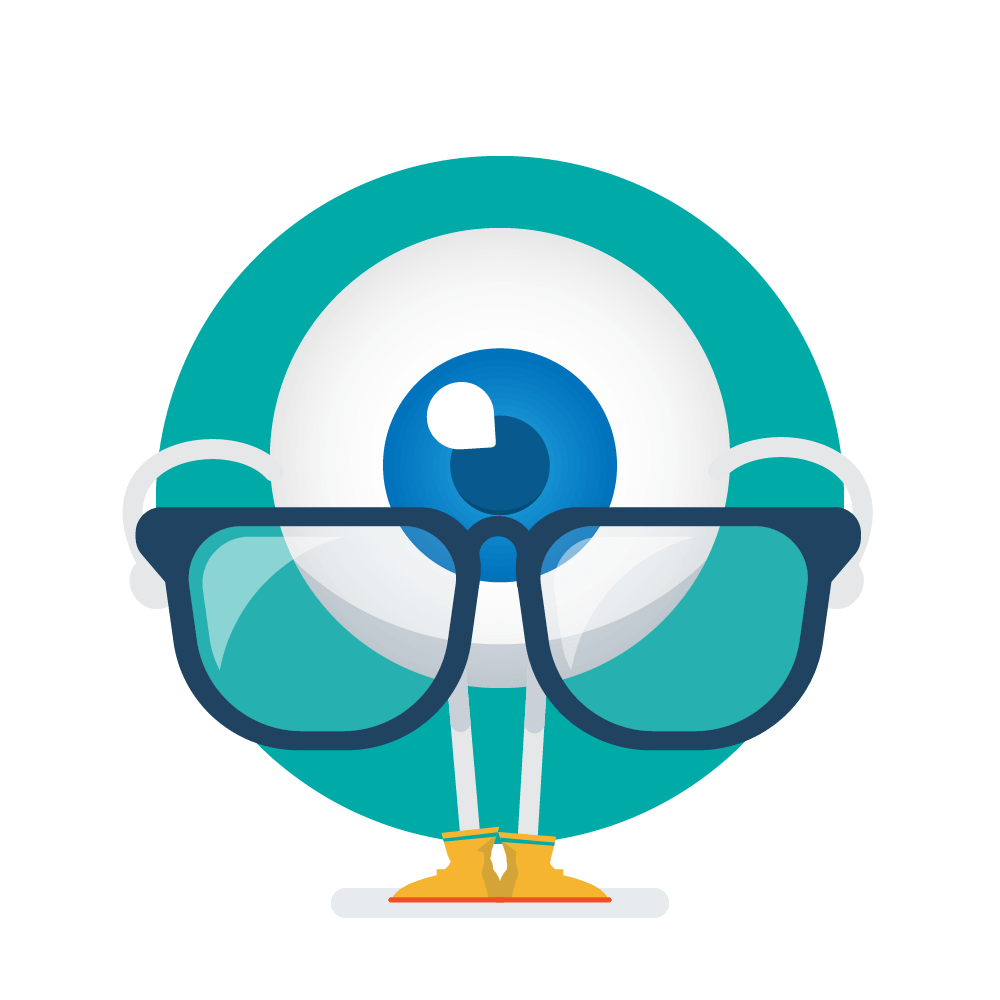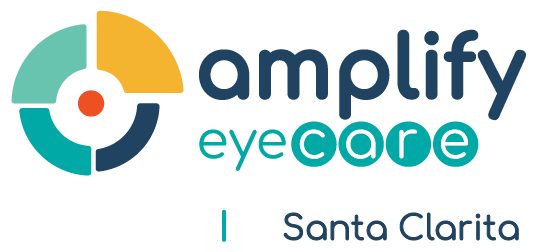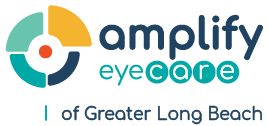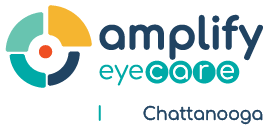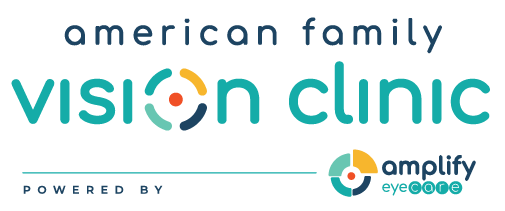Neurodiversity refers to the range of ways in which people experience the world, both at school and at work, as well as through their social relationships. An estimated 15-20% of the world's population exhibits some form of neurodivergence, likely as a result of genetics as well as environmental factors.
The neurodiverse population begins as early as infancy, and can continue into adulthood for those who suffer strokes or head injuries. Many teenage athletes suffer concussions while playing sports. Adults are no different.
What vision problems does a neurodiverse child may experience?
In the event that children have difficulties with their natural development, we can anticipate visual problems which may include:
- Nearsightedness
- Farsightedness
- Lazy eye
- Eye turns or misaligned eyes
- Depth perception
- Coordination between both eyes
- Focusing the eyes
- Visual information processing
When should a neurodiverse child see a behavioral optometrist?
Children who are premature or who have developmental issues in their families should visit our behavioral optometrist. The AOA had established a wonderful program called InfantSEE, where a number of behavioral optometrists, developmental optometrists screened children under 12 months of age. That's brilliant, because that's where we begin to see how the brain develops.
Can behavioral optometrists help your neurodiverse child?
It is imperative that children see our behavioral optometrist at an early stage if they have cerebral palsy, down syndrome or have neuro-divergent development that may impact their vision. This will allow us to determine if there are possible or potential problems that could cause visual difficulties. The goal is to give these children as much opportunity as possible to develop normally so that they can have confidence or be able to use their visual system effectively. It is going to allow them to have an independent life and not struggle.
Seeing a behavioral optometrist is very important since we can explore a wide range of vision-related topics, and we can help guide the treatment, whether we do it in our office or in conjunction with rehab facilities or with other professionals such as occupational therapists, physical therapists and speech therapists. This can improve the quality of life.





